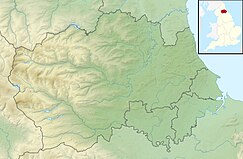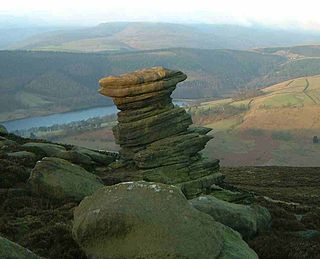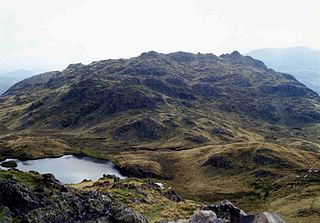This article may be too technical for most readers to understand. Please help improve it to make it understandable to non-experts, without removing the technical details. (April 2015) (Learn how and when to remove this template message) |
| Crag Gill | |
| Site of Special Scientific Interest | |
| Country | England |
|---|---|
| Region | North East |
| District | Teesdale |
| Location | NZ026235 |
| - coordinates | 54°36′26″N1°57′38″W / 54.60722°N 1.96056°W Coordinates: 54°36′26″N1°57′38″W / 54.60722°N 1.96056°W |
| Area | 2.3 ha (5.7 acres) |
| Notification | 1984 |
| Management | Natural England |
| Area of Search | County Durham |
| Interest | Geological |
| Website: Map of site | |
Crag Gill is a Site of Special Scientific Interest in the Teesdale district in south-west County Durham, England. It lies about 3 km east of the village of Eggleston, just off the B6282 road, which separates it from the Bollihope, Pikestone, Eggleston and Woodland Fells SSSI to the north.

A Site of Special Scientific Interest (SSSI) in Great Britain or an Area of Special Scientific Interest (ASSI) in the Isle of Man and Northern Ireland is a conservation designation denoting a protected area in the United Kingdom and Isle of Man. SSSI/ASSIs are the basic building block of site-based nature conservation legislation and most other legal nature/geological conservation designations in the United Kingdom are based upon them, including national nature reserves, Ramsar sites, Special Protection Areas, and Special Areas of Conservation. The acronym "SSSI" is often pronounced "triple-S I".

Teesdale was, from 1974 to 2009, a local government district in County Durham, England. Its council was based in Barnard Castle and it was named after the valley of the River Tees.

County Durham is a county in North East England. The county town is Durham, a cathedral city. The largest settlement is Darlington, closely followed by Hartlepool and Stockton-on-Tees. It borders Tyne and Wear to the north east, Northumberland to the north, Cumbria to the west and North Yorkshire to the south. The county's historic boundaries stretch between the rivers Tyne and Tees, thus including places such as Gateshead, Jarrow, South Shields and Sunderland.
Crag Gill consists of an exposure of late Namurian limestones, sandstones and shales that form a Yoredale-type sequence. The exposure is the type locality of the Whitestone limestone, a marker horizon for Namurian stratigraphy. [1]
The Namurian is a stage in the regional stratigraphy of northwest Europe with an age between roughly 326 and 313 Ma. It is a subdivision of the Carboniferous system or period and the regional Silesian series. The Namurian is named for the Belgian city and province of Namur where strata of this age occur. The Millstone Grit Group in the lithostratigraphy of northern England and parts of Wales is also of Namurian age.

Limestone is a carbonate sedimentary rock that is often composed of the skeletal fragments of marine organisms such as coral, foraminifera, and molluscs. Its major materials are the minerals calcite and aragonite, which are different crystal forms of calcium carbonate (CaCO3). A closely related rock is dolostone, which contains a high percentage of the mineral dolomite, CaMg(CO3)2. In fact, in old USGS publications, dolostone was referred to as magnesian limestone, a term now reserved for magnesium-deficient dolostones or magnesium-rich limestones.

Sandstone is a clastic sedimentary rock composed mainly of sand-sized mineral particles or rock fragments.














